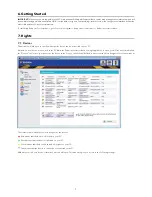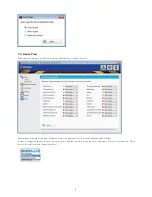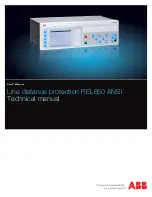
4
4. Controlled Device Types
Endpoint Protector Basic supports a wide range of device types which represent key sources of security breaches. These devices can be
authorized which makes it possible for the users to view, create or modify their content and for administrators to view the data transferred to
and from the authorized devices.
•
Removable Storage Devices
•
Normal USB Flash Drives, U3 and Autorun Drives, Disk on Key, etc.
•
USB 1.1, USB 2.0, USB 3.0
•
Memory Cards - SD Cards, MMC Cards, and Compact Flash Cards, etc.
•
Card Readers - internal and external
• CD/DVD-Player/Burner - internal and external
• Digital Cameras
• Smartphones / Handhelds / PDAs (includes Nokia N-Series, Blackberry, and Windows CE) compatible devices, Windows Mobile devices,
etc.
• iPods
/ iPhones / iPads
• MP3
Player / Media Player Devices
• External HDDs / portable hard disks
•
FireWire Devices
• PCMCIA Devices
• Biometric
Devices
• Bluetooth
• Printers
(applies to serial, USB and LTP connection methods)
• ExpressCard (SSD)
• Wireless USB
• LPT/Parallel ports (By controlling the Parallel ports of a PC using Endpoint Protector Basic, the network administrator can deny or allow
users access to storage devices connected to these ports.) * APPLIES ONLY TO STORAGE DEVICES
• Floppy disk drives
5. Installation
To install Endpoint Protector Basic it is required that you are logged on the workstation with full administrative rights.
Run the EPPBasic.exe fi le.
Endpoint Protector Basic will install itself in the start menu and create the Endpoint Protector Basic program group. Endpoint Protector Basic
will require in some cases that you restart your PC for a successful completion of the installation process.
After a successful installation Endpoint Protector Basic will always run in the background to protect your PCs endpoints when you or other
users are logged into the PC.































